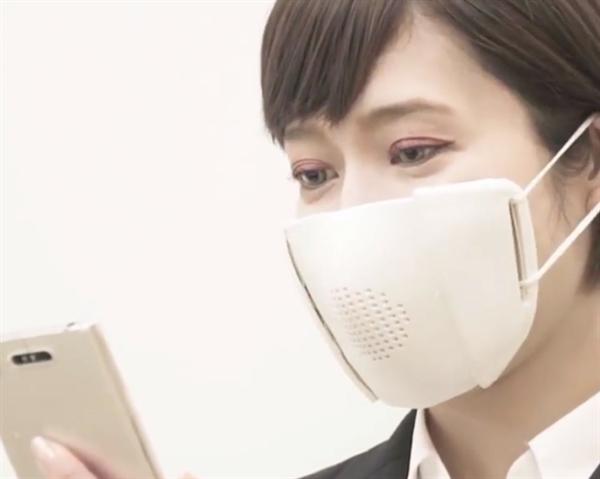New Technologies Created in 2020 to Fight COVID-19
The COVID-19 pandemic affected many industries across the world in 2020. Many companies faced severe economic difficulties related to the worldwide spread of the new coronavirus. But, some were able to develop new technologies to help fight the disease in an effort to improve people's lives.
3D printed oxygen valves
One of the first companies we reported on related to the pandemic developed a 3D printer to quickly produce oxygen valves to treat COVID-19 patients.
The new Italian company Isinnova found a way to use its 3D printing equipment to copy the medical devices. Valves are used to connect oxygen to patients suffering from breathing problems. The company produced the life-saving equipment for free after it learned many Italian hospitals faced a serious shortage of valves.
"Hackathon" solutions
The CodeTheCurve "hackathon" for young people led to several possible new ways to deal with COVID-19, the disease caused by the new coronavirus. The event's organizers included the United Nations, American technology company IBM and European software business SAP.
One of the winning teams created a system that uses machine learning and picture technology to examine chest X-rays to identify the most severe COVID-19 patients. Another team developed an app that uses virtual reality to let users explore different places around the world while exercising from home.
Wearable technology research
Several companies studied the effectiveness of wearable devices to identify early signs of COVID-19.
Researchers at America's West Virginia University reported in May a device they tested was able to identify COVID-19 signs up to three days before people started to experience them.
Another research project, carried out by the California-based Scripps Research Institute, examined data from devices worn by more than 30,000 volunteers. Researchers said their early results showed the devices could successfully identify people who had no signs of COVID-19 but were still infectious.
"Smart" face mask
A Japanese company created a "smart" mask that aims to improve communication for people wearing face coverings. Donut Robotics calls its invention the "c-mask." It is meant to fit over other kinds of face masks commonly worn by the public.
The mask is made of soft plastic material and contains a built-in microphone. When it is turned on, the mask uses Bluetooth technology to connect to a mobile device.
An app then helps users perform several actions, including turning speech into written text, completing telephone calls and making the user's voice louder. The device can also translate a person's voice from Japanese into eight other languages.

Machine learning to identify COVID-19
Researchers reported success with machine learning systems designed to identify COVID-19 cases by the sounds of a person's cough. Machine learning describes computer technology that improves itself through a process similar to human learning.
One study, by the Massachusetts Institute of Technology (MIT), showed a high success rate in identifying COVID-19 in people who had no physical signs of the disease.
A team at Pennsylvania's Carnegie Mellon University has used similar methods to develop a "voice-based testing system for COVID-19." That system uses recordings of coughs — as well as some vowel sounds and the alphabet — to identify "signatures" of the disease.
Contact tracing apps
Apple and Google cooperated to launch a mobile phone tool to follow the contacts of people infected with coronavirus. The technology became the basis for apps developed by U.S. states and several nations to carry out contact tracing.
The system operates with Bluetooth wireless technology, which permits devices near each other to exchange information and create a record. If a device user becomes infected with the virus and agrees to share that information, the record is used to inform other people that they also might have been infected.
I'm Bryan Lynn.












